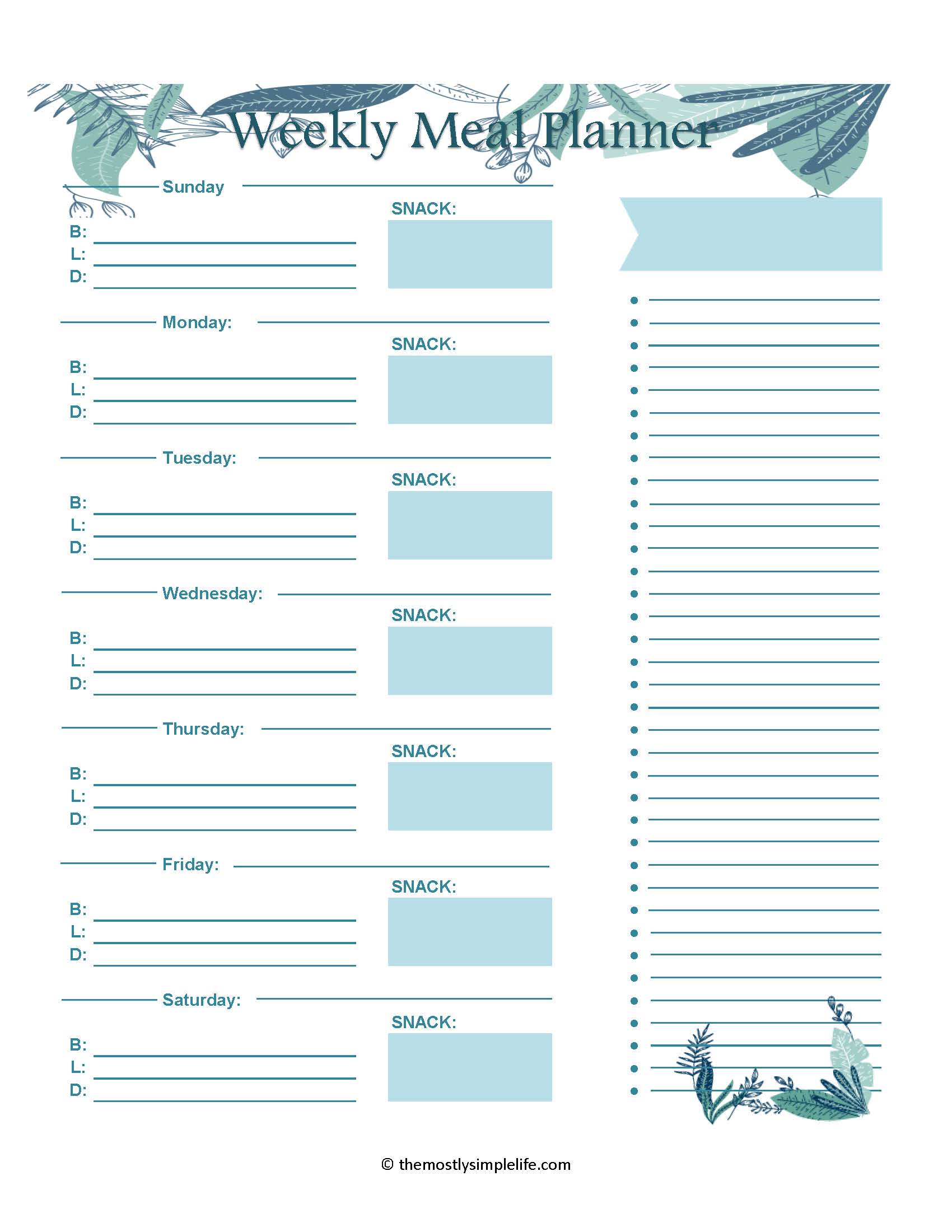
We have created a number of templates based on good quality foods in a balanced macronutrient ratio combination that we have found has worked for thousands of people both face to face with Stacey since she finished her degree, and in the last year over our internet platform here with The Chief Life. We base our meal plan off of the information you provide us in your questionnaire – the more information you give us, the more we can tailor the plan to your needs and likes to help you achieve your goal. Our meal plans are PERSONALISED, not UNIQUE. Why is my meal plan very similar to my friends, even though we have different goals or training schedules? The best thing to do if you want to track your food is to keep a food diary in my fitness pal or notes on your phone to keep you accountable and allow you to see what you’re eating but don’t worry so much about how many calories you’re eating in total across a whole day – focus more on eating all 3 macros every time you eat.


Total per day-ish: approximately 1000 kcal (this was calculated for a petite female looking for fat loss), this may sound low but speak to anyone who has followed our meal plans and the main complaint is that there is too much food to eat and our clients never go hungry as well as feeling heaps of energy once they pass the initial transition phase! So it’s more likely that you’d be taking in, for example, 1200-1500kcal per day from our meal plan but only 1000kcal gets considered in the ratio calculations that we figure out, hence I don’t have a recommended calorie intake for you to hit each day. Also, the foods we eat that we consider protein, carb and fat do also contain more calories from the other macro groups but don’t get counted into this equation because it doesn’t have to be that accurate. I have given you the breakdown below but I have used the words ish and approximately because calories are not an accurate way to measure food anyway due to the nature of the body breaking down different combinations of foods at different speeds (compared to a bomb calorimeter that figures out calorie content of food in a science lab) and food quality/quantity/macro balance plays a big part in the hormonal response after eating. There is less of a focus on calorie counting because it’s more about eating good quality foods in these correct amounts – it gets quite confusing, hence the beauty of the meal plan to let you know how much of each to consume. (The multiplier for each meal and snack will vary for gender and depends on your goal, size and training – we have done the maths for you in your meal plans).

I’d rather you worry more about the “puzzle” and balancing all 3 macros than worrying about total calorie intake but here is a more detailed answer…So the main focus is on macronutrient balance and having a multiple of 7g protein source, 9g carb source and 3g fat source in each meal and snack.


 0 kommentar(er)
0 kommentar(er)
